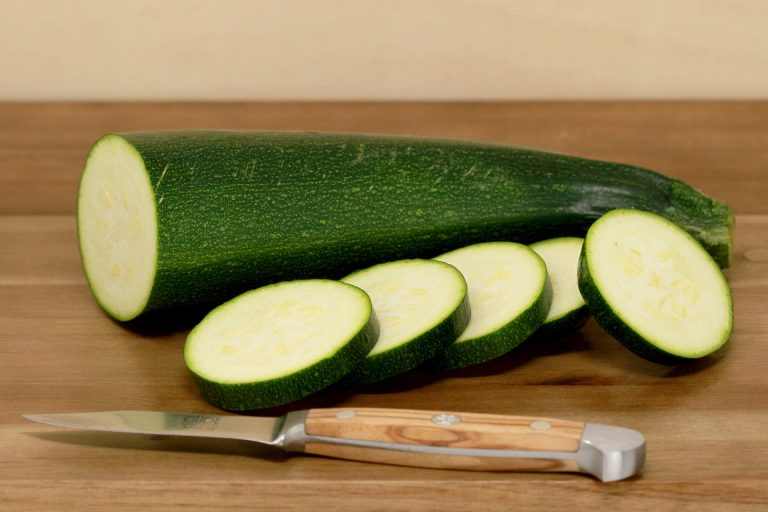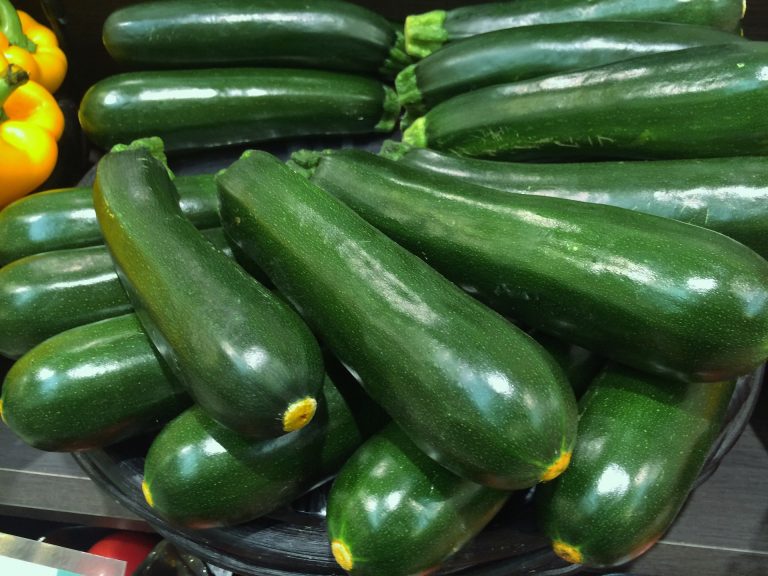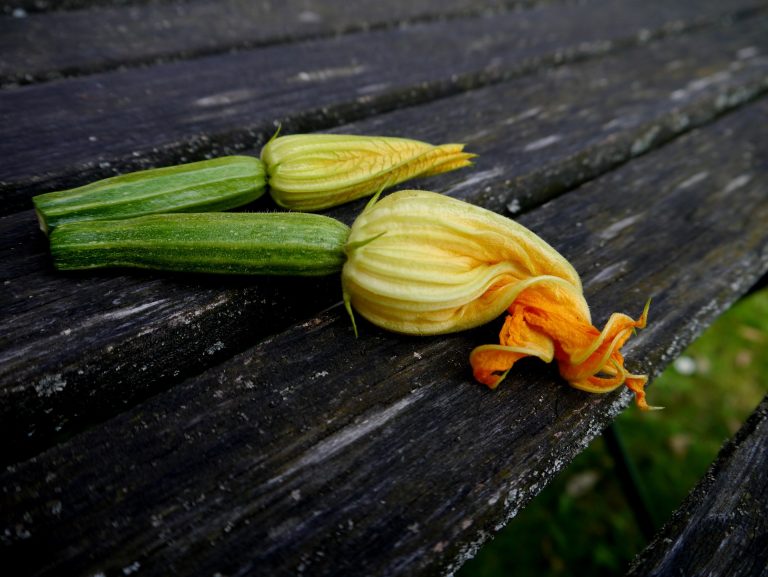Introduction
Zucchini, scientifically known as Cucurbita pepo, is a versatile and nutritious summer squash that has gained popularity worldwide for its culinary uses and health benefits. In this comprehensive research article, we delve into the rich history, nutritional composition, culinary applications, and potential health advantages of zucchini, highlighting its significance in global cuisines and dietary practices.

Historical Origins and Cultivation
Zucchini has a fascinating historical background, originating in the Americas and later spreading to Europe during the age of exploration. It belongs to the Cucurbitaceae family, which includes cucumbers, pumpkins, and melons. Historically, zucchini were cultivated by indigenous peoples in the Americas for their edible fruits and seeds, which provided essential nutrients and sustenance.
The name “zucchini” is derived from the Italian word “zucchino,” meaning a small squash. It wasn’t until the 20th century that zucchini gained popularity in North America and Europe, becoming a staple in Mediterranean cuisine and subsequently spreading to various parts of the world.
Nutritional Composition
Zucchini is celebrated for its nutritional richness and low calorie content, making it a valuable addition to a healthy diet. Below is an overview of the key nutrients found in zucchini:
- Vitamins: Zucchini is an excellent source of vitamin C, providing about 35% of the recommended daily intake per serving. It also contains significant amounts of vitamin A, B vitamins (including folate), and vitamin K.
- Minerals: Zucchini is rich in potassium, which is essential for maintaining healthy blood pressure and heart function. It also contains magnesium, manganese, and phosphorus.
- Antioxidants: Zucchini contains various antioxidants, such as beta-carotene, lutein, and zeaxanthin, which help protect cells from damage caused by free radicals.
- Dietary Fiber: Zucchini is high in dietary fiber, which promotes digestive health, aids in weight management, and supports blood sugar control.

Culinary Versatility and Preparation
Zucchini’s mild flavor and tender texture lend themselves to a wide range of culinary applications. It can be enjoyed raw or cooked, and its versatility makes it a favorite ingredient in numerous dishes. Here are some popular culinary uses of zucchini:
- Raw: Sliced or grated zucchini can be added to salads or used as a crunchy topping for sandwiches and wraps.
- Cooked: Zucchini can be sautéed, grilled, roasted, steamed, or baked. Cooking enhances its sweetness and tenderizes its texture.
- Soups and Stews: Zucchini is often used in soups and stews, adding a subtle flavor and contributing to a hearty consistency.
- Zoodles: Zucchini can be spiralized into “zoodles” (zucchini noodles), offering a low-carb alternative to traditional pasta dishes.
- Baked Goods: Zucchini is a common ingredient in baking, adding moisture and nutritional value to bread, muffins, and cakes.
Health Benefits
Incorporating zucchini into your diet can provide numerous health benefits, thanks to its nutrient-dense profile:
- Weight Management: Zucchini is low in calories and rich in fiber, promoting satiety and aiding in weight loss efforts.
- Heart Health: The potassium and magnesium content in zucchini help regulate blood pressure and support cardiovascular health.
- Digestive Health: The fiber in zucchini promotes healthy digestion and regular bowel movements, reducing the risk of constipation and digestive disorders.
- Eye Health: Zucchini is rich in antioxidants like lutein and zeaxanthin, which are beneficial for eye health and may reduce the risk of age-related macular degeneration.
- Immune Support: The vitamin C content in zucchini helps boost the immune system and protect against infections.

Culinary Innovations and Global Influence
Zucchini’s adaptability in various culinary traditions has led to innovative uses and cultural adaptations worldwide. In Mediterranean cuisine, zucchini is often featured in dishes such as ratatouille, grilled vegetable platters, and stuffed zucchini blossoms. In Italian cuisine, zucchini flowers are delicacies stuffed with cheese and herbs, then fried to perfection.
In Mexican cuisine, zucchini is used in dishes like calabacitas, a sautéed vegetable medley with corn and peppers. In Asian cuisines, zucchini is incorporated into stir-fries, tempura, and noodle dishes. Its ability to absorb flavors and complement diverse ingredients makes zucchini a versatile and indispensable component of global culinary landscapes.
Environmental Sustainability and Economic Impact
Zucchini cultivation contributes to agricultural sustainability due to its relatively low water and resource requirements compared to other crops. It grows well in diverse climates and soil types, making it accessible to farmers around the world. Economically, zucchini production supports local economies through employment opportunities and agricultural trade, benefiting both rural communities and urban markets.
Conclusion
In conclusion, zucchini stands out as a nutritional powerhouse and culinary marvel that continues to captivate taste buds and inspire culinary creativity worldwide. From its humble origins in the Americas to its global prominence in diverse cuisines, zucchini embodies both tradition and innovation in the realm of food and nutrition. Whether enjoyed raw, cooked, or incorporated into innovative dishes, zucchini offers a wealth of health benefits and culinary possibilities that make it a valuable addition to any diet.
Through this comprehensive exploration of zucchini, it is evident that its nutritional richness, culinary versatility, and global influence underscore its status as a cherished ingredient in kitchens and markets worldwide. Whether you’re a culinary enthusiast seeking new recipes or a health-conscious individual looking to enhance your diet, zucchini’s enduring appeal promises to enrich meals and nourish bodies with its abundance of vitamins, minerals, and antioxidants.

